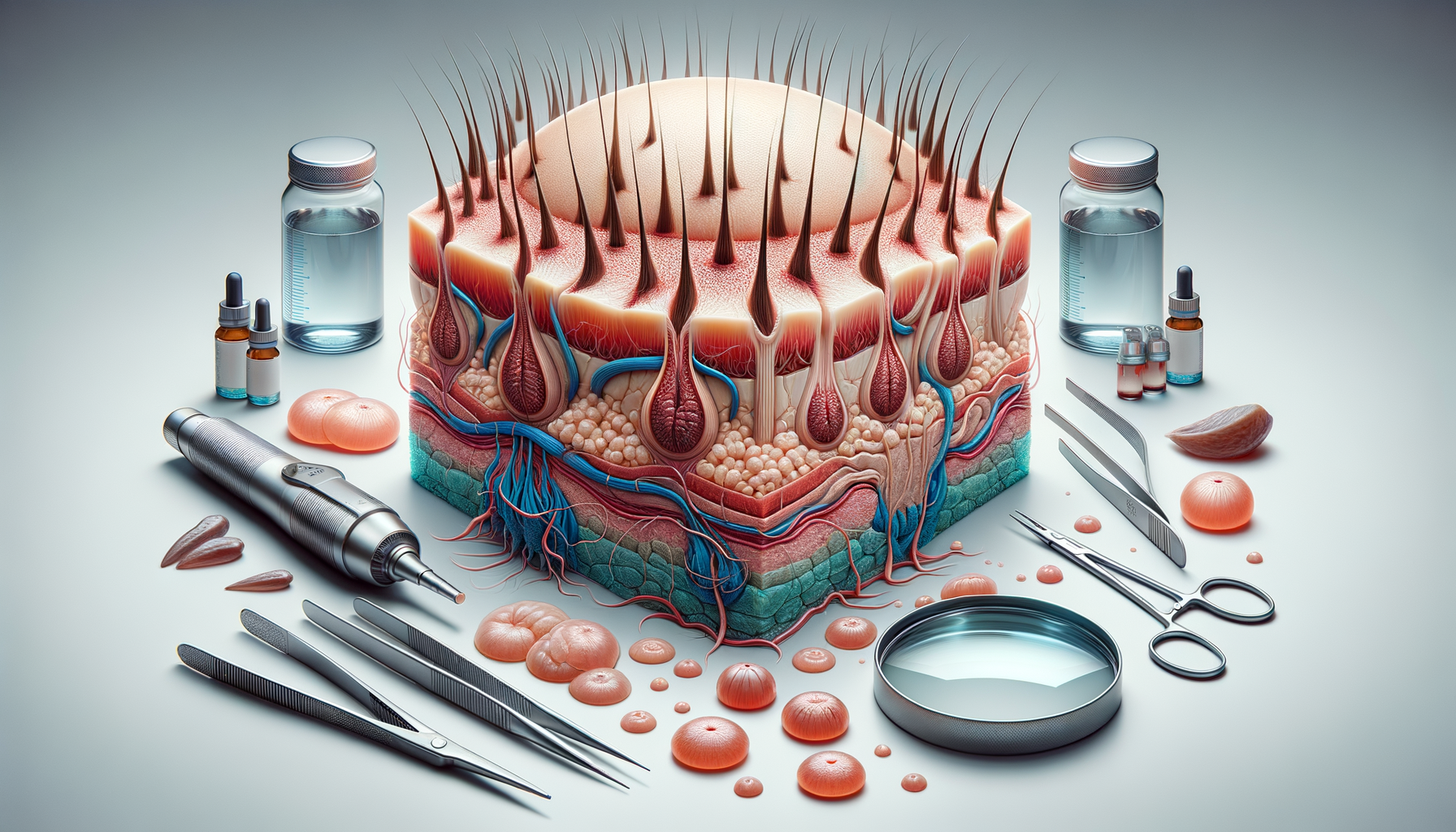
Same Day Brow Perfection in the UAE: How Hair Transplants Are Advancing
Understanding the Basics of Hair Transplantation
Hair transplantation is a surgical technique that involves moving hair follicles from one part of the body, typically the back or sides of the scalp, to a bald or balding part of the body. This procedure is primarily used to treat male pattern baldness but is also applicable for restoring eyelashes, eyebrows, beard hair, and to fill in scars caused by accidents or surgery. The concept of hair transplantation has been around since the 1950s, with significant advancements over the decades leading to more natural-looking results.
The two most common methods of hair transplantation are Follicular Unit Transplantation (FUT) and Follicular Unit Extraction (FUE). FUT involves removing a strip of skin with hair follicles from the donor site and then dissecting it into individual grafts. FUE, on the other hand, involves extracting individual hair follicles directly from the scalp and transplanting them to the recipient area. Both methods have their advantages and are chosen based on the patient’s specific needs and conditions.
One of the key benefits of hair transplantation is its permanency. Unlike wigs or hairpieces, transplanted hair is permanent and can be styled, cut, or dyed just like natural hair. However, the success of the procedure depends on factors such as the skill of the surgeon, the quality of the donor hair, and the patient’s overall health. In recent years, the UAE has become a hub for advanced hair transplantation techniques, attracting individuals seeking high-quality and efficient solutions to hair loss.
The Rise of Eyebrow Transplants in the UAE
Eyebrow transplants have surged in popularity, offering a solution for those who desire fuller, more defined brows. This procedure is particularly appealing in the UAE, where beauty standards often emphasize well-groomed and shapely eyebrows. The process of eyebrow transplantation is similar to scalp hair transplants, involving the extraction and implantation of hair follicles. However, the artistry lies in the placement of each follicle to mimic the natural growth pattern of eyebrow hair.
Individuals opt for eyebrow transplants for various reasons, including over-plucking, genetic factors, or medical conditions that cause hair loss. The procedure is minimally invasive and performed under local anesthesia, allowing patients to return to their daily activities quickly. Recovery is relatively swift, with most patients experiencing only minor swelling or redness around the treated area.
In the UAE, clinics offering eyebrow transplants often highlight their expertise in creating natural-looking results. The procedure not only enhances facial symmetry but also boosts confidence and self-esteem. As with any cosmetic procedure, potential candidates should thoroughly research and consult with qualified professionals to ensure the best outcomes. The growing demand for eyebrow transplants in the UAE reflects a broader trend towards personalized beauty solutions that cater to individual preferences and needs.
Considerations and Aftercare for Hair Transplants
Undergoing a hair transplant is a significant decision that requires careful consideration and planning. Prospective patients should evaluate various factors, such as the experience of the surgeon, the reputation of the clinic, and the specific technique that will be used. In the UAE, many clinics offer consultations to discuss these aspects and provide personalized recommendations based on individual hair loss patterns and goals.
Post-procedure care is crucial to ensure the success and longevity of the transplant. Patients are typically advised to avoid strenuous activities and direct sunlight for a few weeks following the surgery. It’s also important to follow the surgeon’s instructions regarding hair washing and the use of any prescribed medications or topical treatments. Regular follow-up appointments are essential to monitor progress and address any concerns that may arise.
While hair transplantation offers a permanent solution to hair loss, it’s important to manage expectations realistically. The newly transplanted hair will fall out within a few weeks post-surgery, which is a normal part of the process. New growth typically begins within three to four months, with full results visible after a year. With proper care and patience, hair transplants can yield highly satisfying and life-changing results.


